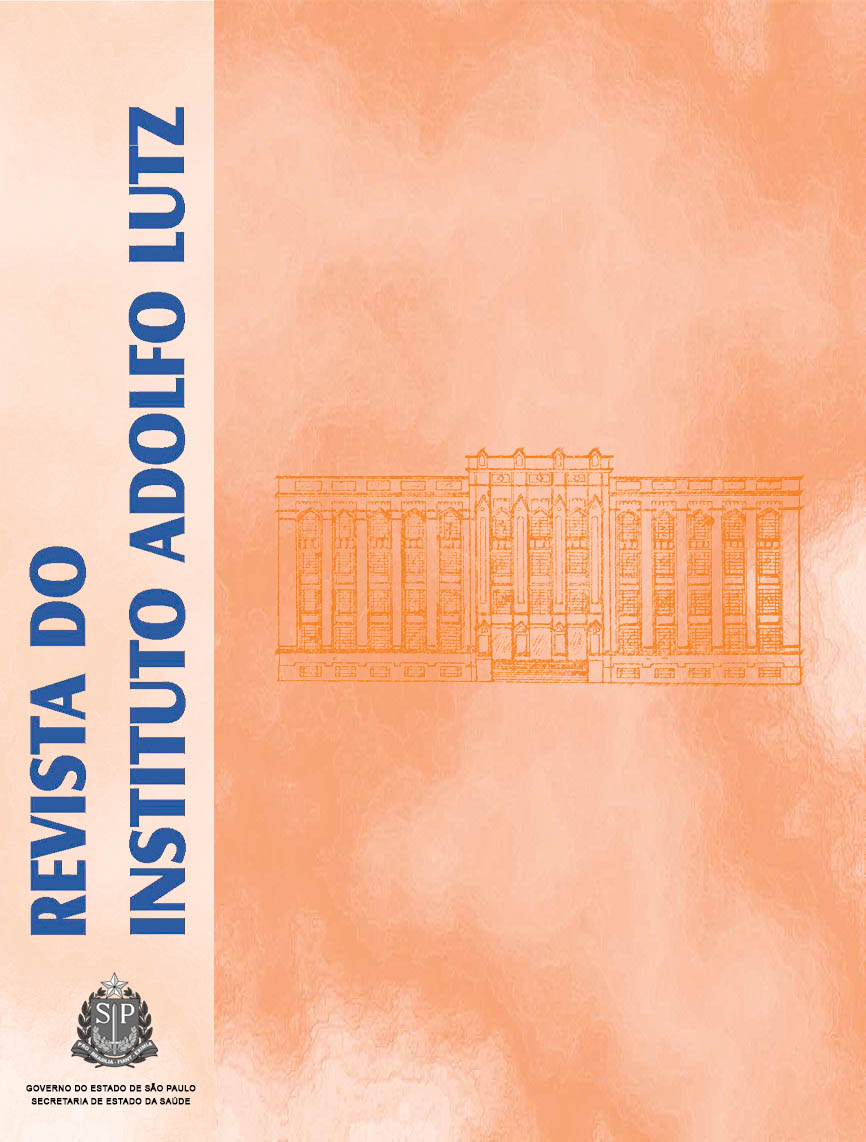Abstract
The washing procedure associated with the use of sanitizer solutions is the only one stage in which the reduction in the number of deteriorative and pathogenic microorganisms can be achieved. This study aimed at evaluating the application of the ultrasound associated with or without the sodium dichloroisocyanurate on the cherry tomatoes sanitization step. The ultrasound treatment combined with sodium dichloisocyanurate solution, and the procedure in which the ultrasound was applied at first and followed by the immersion in chlorinated solution, was the procedure that promoted the highest reductions in the initial aerobic mesophilic microorganisms and coliforms at 35 oC. No significant changes was found (p < 0.05) on the soluble solids, pH and titratable acidity values in all of the used treatments. The treatments with ultrasound promoted 14 % reduction in the firmness of not sanitized tomato. As a potential alternative for performing the sanitization, the ultrasound should be assessed on the additional variables as the applied time and frequency. Therefore, the processing conditions would be adjusted, and it would enhance the microorganisms inactivation without causing harm on the quality of final product.References
1. Food and Agricultural Organization –FAO. Country information: Brazil: agriculture sector. 2009. [acessado 2012 maio 21]. Disponível em: [http://www.fao.org].
2. IBGE. Instituto Brasileiro de Geografia e Estatística. Levantamento sistemático da produção agrícola. São Paulo: IBGE, 2003. [acessado 2012 jun 10]. Disponível em: [http://www.sidra.ibge.gov. br/bda/].
3. Zhao Y, Tu K, Tu S, Liu M, Su J, Hou YP. A combination of heat treatment and Pichia guilliermondii prevents cherry tomato spoilage by fungi. J Food Microbiol. 2010;137(1):106-10.
4. Gusmão MTA, Gusmão SAL, Araújo JAC. Produtividade de tomate tipo cereja cultivado em ambiente protegido e em diferentes substratos. Hort Bras.2006;24(2): 431-6.
5. Wang Y, Bao Y, Shen D, Feng W, Yu, T, Zhang J, et al. Biocontrol of Alternaria alternata on cherry tomato fruit by use of marine yeast Rhodosporidium paludigenum. J Food Microbiol. 2008; 123(3):234-9.
6. Lapidot A, Romling U, Yaron S. Biofilm formation and the survival of Salmonella Typhimurium on parsley. J Food Microbiol. 2006;109(2):229-33.
7. Alvaro JE, Moreno S, Dianez F, Santos M, Carrasco G, Urrestarazu M. Effects of peracetic acid disinfectant on the postharvest of some fresh vegetables. J Food Engg. 2009;95(3):11-5.
8. Ruíz-Cruz S, Félix EA, Cinco MD, Osuna MAI, Aguilar GAG. Efficacy of sanitizers in reducing Escherichia coli O157:H7, Salmonella spp. and Listeria monocytogenes populations on fresh-cut carrots. Food Control. 2007; 18(11):1383-90.
9. São José JFB, Vanetti MCD. Effect of ultrasound and commercial sanitizers on natural microbiota and SalmonellaentericaTyphimurium on cherry tomatoes. Food Control. 2012; 24(1-2): 95-9.
10. Gogate PR, Kabadi AM. A review of applications of cavitation in biochemical engineering/biotechnology. Biochem Eng J. 2009; 44(1):60-72.
11. Brasil, Ministério da Agricultura, Pecuária e do Abastecimento. Instrução Normativa n° 62, de 26 de agosto de 2003. Métodos analíticos Oficiais para Análises Microbiológicas para controle de produtos de origem animal e água. Diário Oficial [da] República Federativa do Brasil.
12. AOAC. American Official of Analytical Chemists. Official methods of analysis of AOAC international. 18. ed. Washington, 2005.
13. Cao S, Hu Z, Pang B, Wang H, Xie H, Wu F. Effect of ultrasound treatment on fruit decay and quality maintenance in strawberry after harvest. Food Control. 2010;21(4):529-32.
14. Lu Y, Turley A, Dong X, Wu C. Reduction of Salmonella enterica on grape tomatoes using microwave heating. Int J Food Microbiol. 2011; 145(1): 349-52.
15. Fraeye I, Knockaert G, Van Buggenhout S, Duvetter T, Hendrickx M, Van Loey A. Enzyme infusion prior to thermal/high pressure processing of strawberries: mechanistic insight into firmness evolution. Innov Food Sci Emerg Technol. 2010;11(1):23-31.

This work is licensed under a Creative Commons Attribution 4.0 International License.
Copyright (c) 2013 Instituto Adolfo Lutz Journal
